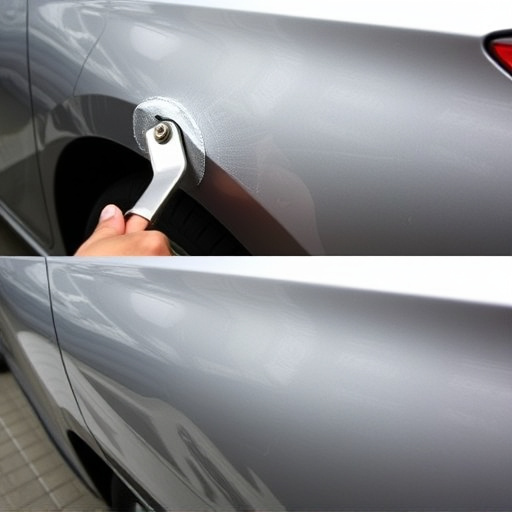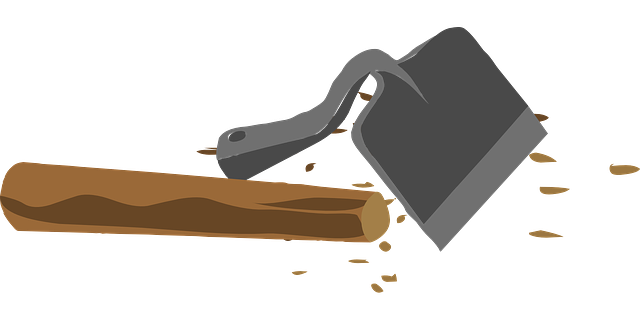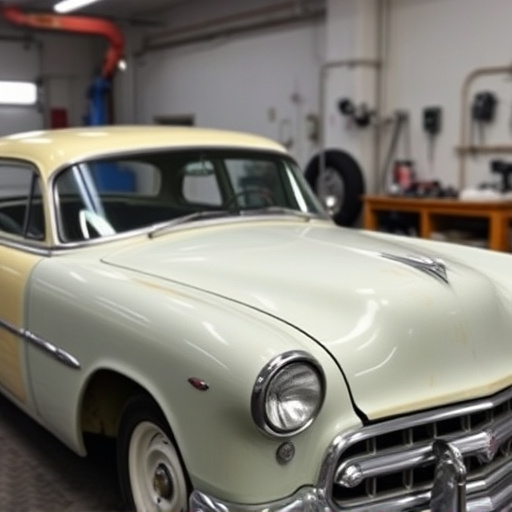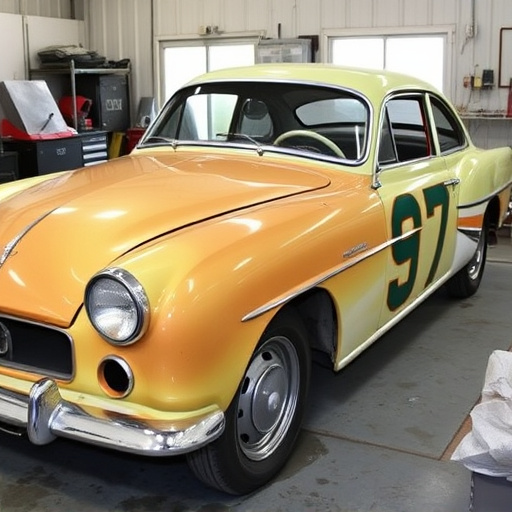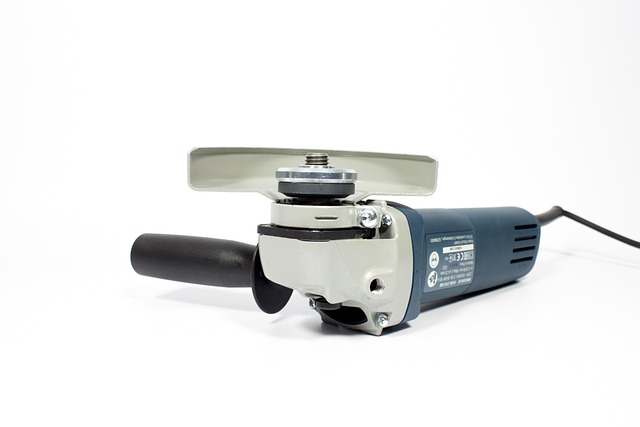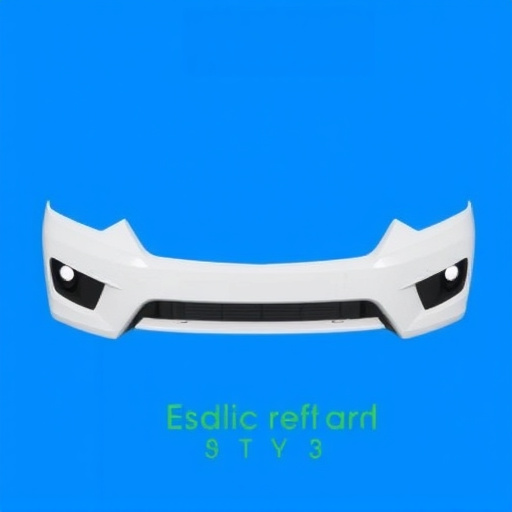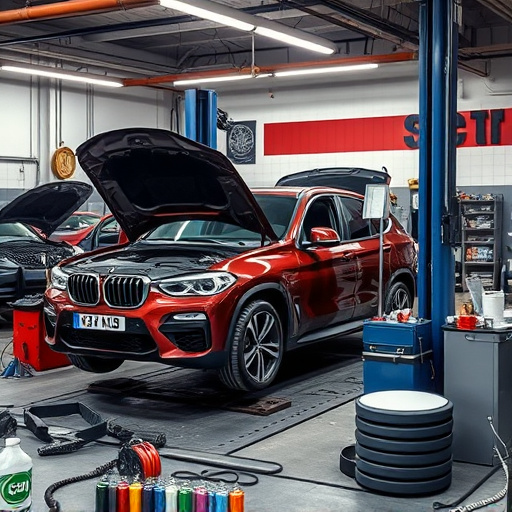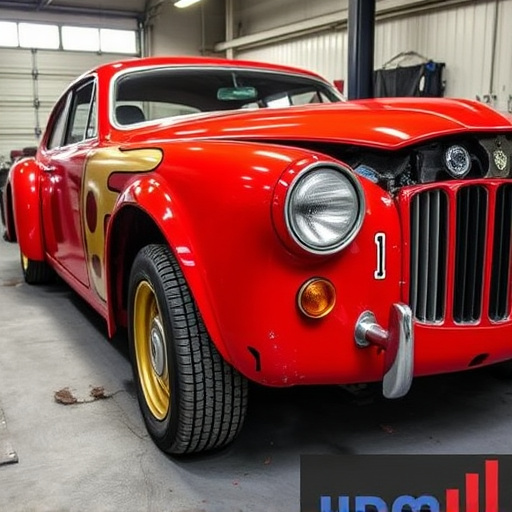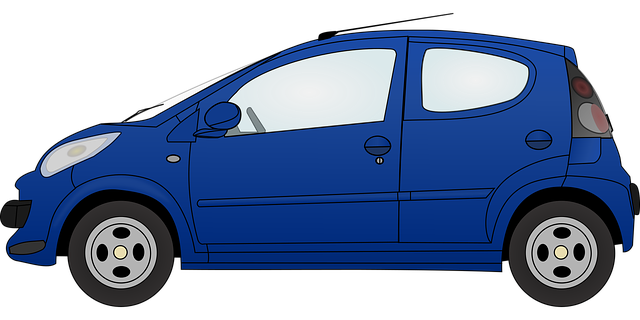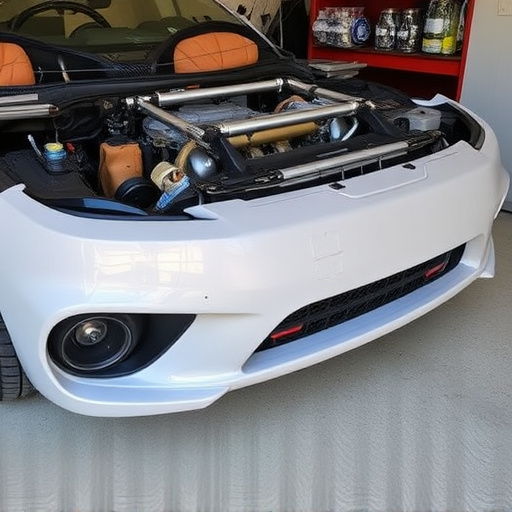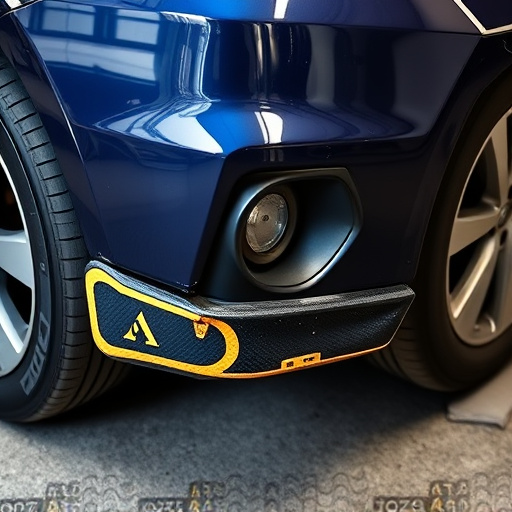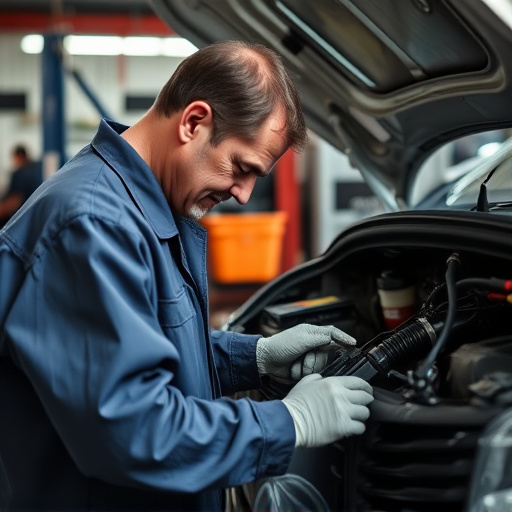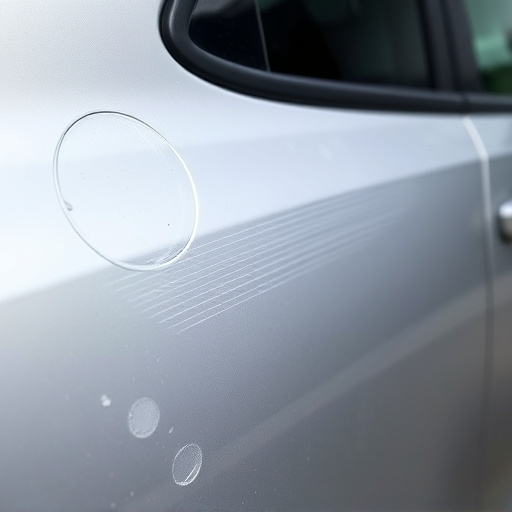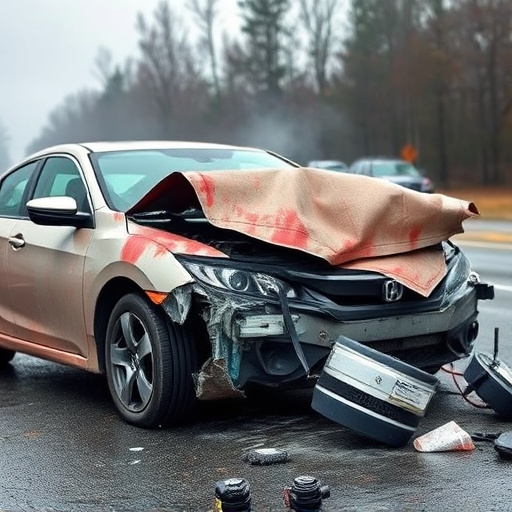Using Original Equipment Manufacturer (OEM) parts during collision repair consultation is crucial for top-quality results, ensuring structural integrity, safety, and customer satisfaction. Body shop experts verify part compatibility with vehicle make, model, and year using manufacturer specifications, considering material quality, manufacturing standards, and system compatibility. This meticulous process involves checking part updates, recalls, and inspecting for quality to meet industry standards, preserving the vehicle's integrity and safety features.
In the realm of collision repair, ensuring part compatibility is paramount for quality and safety. A crucial step often overlooked is the collision repair consultation check for OEM (Original Equipment Manufacturer) parts compatibility. This process guarantees that replacement parts seamlessly integrate with the vehicle’s existing system, preserving structural integrity. By understanding OEM parts basics and implementing rigorous consultation checks, collision repair shops can offer precise, reliable services, enhancing customer satisfaction and vehicle performance.
- Understanding OEM Parts: The Basics of Original Equipment Manufacturer Compatibility
- Why Collision Repair Consultation Checks Are Essential for Part Selection
- Practical Steps to Ensure OEM Part Compatibility During the Repair Process
Understanding OEM Parts: The Basics of Original Equipment Manufacturer Compatibility
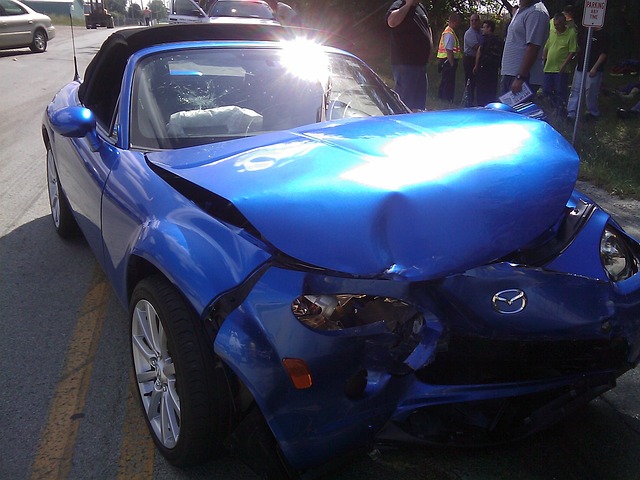
When it comes to collision repair consultation, ensuring Original Equipment Manufacturer (OEM) part compatibility is paramount. OEM parts are specifically designed and manufactured by the vehicle’s maker, guaranteeing they fit perfectly and maintain the car’s original performance and safety standards. This is crucial for a seamless repair process and a superior end result.
During a collision repair consultation, body shop experts examine the damaged areas and compare them to the manufacturer’s specifications. They verify that replacement parts, whether new or refurbished, align with the vehicle’s make, model, and year. This meticulous process ensures that the car repair services provided are of the highest quality, ensuring not just a visually appealing car restoration but also maintaining the structural integrity and safety features of the vehicle.
Why Collision Repair Consultation Checks Are Essential for Part Selection

Collision repair consultation checks are paramount for ensuring accurate part selection during vehicle restoration. In a collision center, where time and resources are critical, a thorough check guarantees that original equipment manufacturer (OEM) parts compatible with the car body restoration are chosen. This process involves not just identifying the correct make and model but also verifying specific part numbers to match the vehicle’s unique specifications.
A meticulous collision repair consultation goes beyond simply finding functional replacements. It considers factors like material quality, manufacturing standards, and compatibility with existing systems in the vehicle restoration process. By prioritizing OEM parts, collision centers can deliver high-quality repairs that meet or exceed industry standards, ensuring customer satisfaction and preserving the integrity of the vehicle’s design and safety features.
Practical Steps to Ensure OEM Part Compatibility During the Repair Process
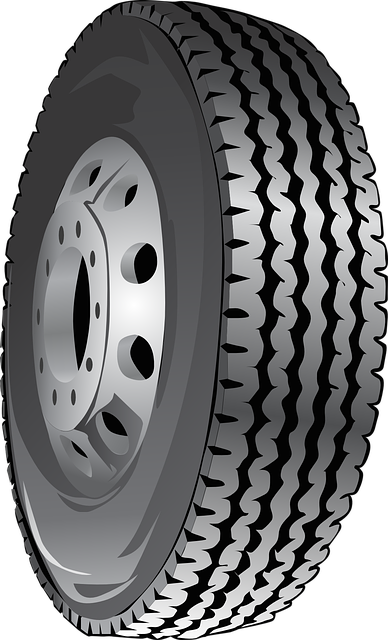
Ensuring OEM (Original Equipment Manufacturer) part compatibility is a critical step in any collision repair consultation. It’s not just about choosing the right parts; it involves a meticulous process to guarantee both quality and safety. Here are practical steps automotive body shops should follow:
1. Comprehensive Consultation: Begin with an in-depth discussion with clients regarding their vehicle’s make, model, and year. This information is crucial for identifying genuine OEM parts compatible with their specific vehicle.
2. Cross-Reference Parts Catalogs: Utilize specialized resources, such as parts catalogs and databases, to cross-reference the required parts. These tools often provide detailed specifications, ensuring that the chosen OEM parts are an exact match or at least highly compatible with the vehicle’s existing components.
3. Check for Updates and Recalls: Before sourcing, verify if there are any recent updates or recalls related to the specific vehicle model. It’s essential to use the latest OEM parts to comply with safety standards and avoid future issues.
4. Inspect Parts for Quality: When receiving the parts, conduct a visual inspection to ensure they meet the expected quality and condition. Check for proper branding, manufacturing details, and physical attributes that confirm their authenticity as OEM products.
5. Consult with Experts: For complex repairs or rare vehicle models, don’t hesitate to consult with industry experts or directly contact the OEM. Their insights can be invaluable in ensuring the correct parts are acquired, especially when dealing with specialized or custom components.
Effective collision repair consultation that prioritizes OEM part compatibility enhances the overall quality of vehicle repair services and ensures customer satisfaction.
Collision repair consultation is not just a service; it’s a critical process ensuring vehicle owners receive top-quality repairs using Original Equipment Manufacturer (OEM) parts that perfectly match their vehicles’ specifications. By checking for OEM part compatibility, professionals provide both aesthetic and safety guarantees. This meticulous approach, involving an in-depth understanding of OEM parts and practical steps, is essential for accurate and reliable collision repair, ultimately enhancing customer satisfaction.
